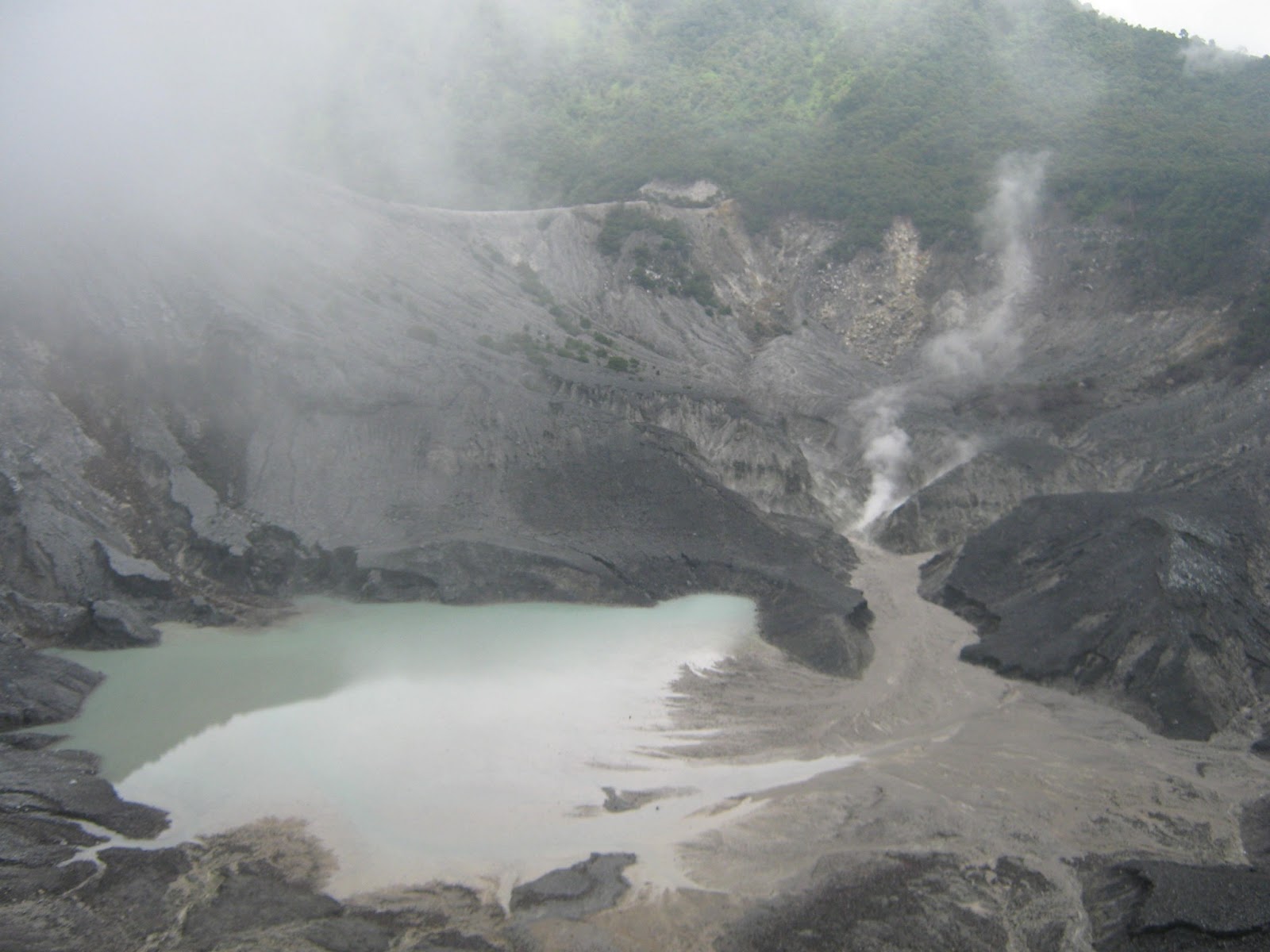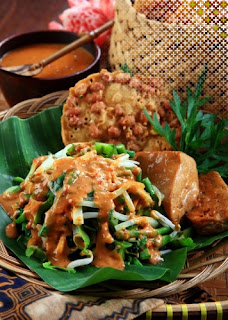The origins of mount Tangkuban Perahu, associated with Sangkuriang legend, narrated in love with his mother, Dayang Sumbi. To thwart his intentions to marry her, Dayang Sumbi stipulating that Sangkuriang make the boat overnight. When his efforts failed, Sangkuriang angry and kicked the boat that landed upside-down. The boat is then formed mount Tangkuban Parahu.
This Tangkuban Perahu including active volcanoes whose status is constantly monitored by the Indonesian Directorate of Volcanology. Some crater is still showing signs of activity of this mountain. Among the signs of volcanic activity is the appearance of sulfur gases and hot springs at the foot of the mountain, of which is in kasawan Ciater, Subang.
The existence of this mountain topography and Bandung, which is a basin with hills and mountains on each side strengthens the theory of the existence of a large lake that is now the Bandung area. Believed by geologists that the plateau region Bandung with a height of approximately 709 m above sea level is the remnant of a huge lake formed by the damming of Ci Tarum by ancient volcanic eruptions, known as Mount Sunda and Tangkuban Parahu be remnants of ancient Mount Sunda which is still active. This phenomenon can be seen on Mount Krakatau in the Sunda Strait and Ngorongoro district in Tanzania, Africa. So the legend Sangkuriang which is the story of the region is believed to be a documentation of the Sundanese Ancient Mountain area at the time of the incident.
Mount Tangkuban Parahu have a height of 2,084 meters. This mountain is Stratovulcano form with the eruption center that moved from east to west. Rock types issued by the eruption mostly lava and sulfur, a mineral that is issued sulfur, a mineral that was issued when the mountain is not active is sulfur vapor. The average daily temperature is 17 ° C during the day, and 2 ° C at night.
~~~~~~~ Thank's ~~~~~~~




































